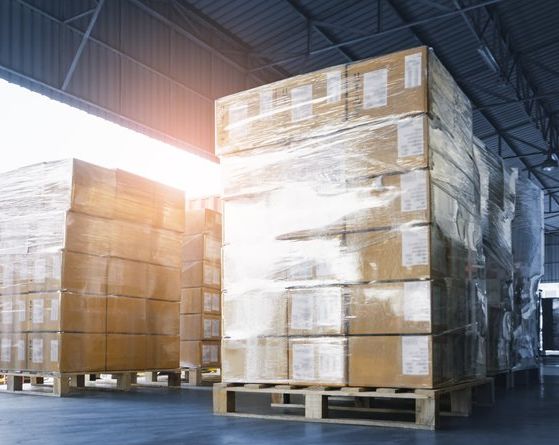Shipping Logistics: Enhancing Efficiency and Profitability
Shipping Logistics: Strategies for Improvement
Shipping logistics plays a pivotal role in the smooth functioning of global trade and commerce. It encompasses a range of activities, strategies, and processes that ensure the efficient movement of goods from point of origin to destination. In this article, we will explore what shipping logistics entails, why it matters to shippers, and provide valuable insights on how to improve it for enhanced business outcomes.
Understanding Shipping Logistics:
Shipping logistics involves the coordination and management of various tasks involved in the transportation of goods. These tasks include planning, implementing, and controlling the movement of cargo, as well as related activities such as storage, packaging, documentation, customs compliance, and inventory management. The goal is to optimize the entire supply chain, minimizing costs, improving delivery speed, and maximizing customer satisfaction.
Why Shipping Logistics Matters:
Improving Shipping Logistics:
- Embrace Technology: Leveraging advanced technologies, such as transportation management systems (TMS), warehouse management systems (WMS), and automated data capture systems, can optimize shipping logistics. These tools provide real-time visibility, facilitate data-driven decision-making, and enable efficient collaboration across the supply chain.
- Efficient Inventory Management: Adopting inventory management practices like just-in-time (JIT) inventory, demand forecasting, and optimizing storage space can prevent stockouts, minimize inventory carrying costs, and ensure smooth operations.
- Collaborate with Reliable Partners: Building strong relationships with dependable shipping carriers, freight forwarders, customs brokers, and third-party logistics (3PL) providers is crucial. They can offer expertise, infrastructure, and flexibility, leading to improved shipping efficiency and reduced operational complexities.
- Optimize Transportation Routes: Analyze transportation routes with TMS technology regularly to identify opportunities for consolidation, backhauling, or utilizing alternative modes of transport. This can reduce transportation costs, minimize emissions, and enhance overall sustainability.
- Continuous Improvement: Regularly review and analyze your shipping processes to identify bottlenecks, inefficiencies, and areas for improvement. Embrace a continuous improvement mindset by implementing feedback loops, key performance indicators (KPIs), and fostering a culture of innovation within your organization.
Shipping logistics is an indispensable aspect of modern supply chains, impacting the profitability, customer satisfaction, and competitiveness of businesses. By understanding its importance and implementing strategies for improvement, shippers can optimize their operations, reduce costs, and achieve superior performance. Embracing technology, efficient inventory management, collaboration, optimized transportation routes, and a commitment to continuous improvement are key steps for shippers, toward unlocking the power of shipping logistics and thriving in the global marketplace.
TLI Insights
Get the latest logistics insights and tips from Translogistics’ award-winning team. Stay ahead in transportation planning.
Questions? Email us at marketing@tli.email



